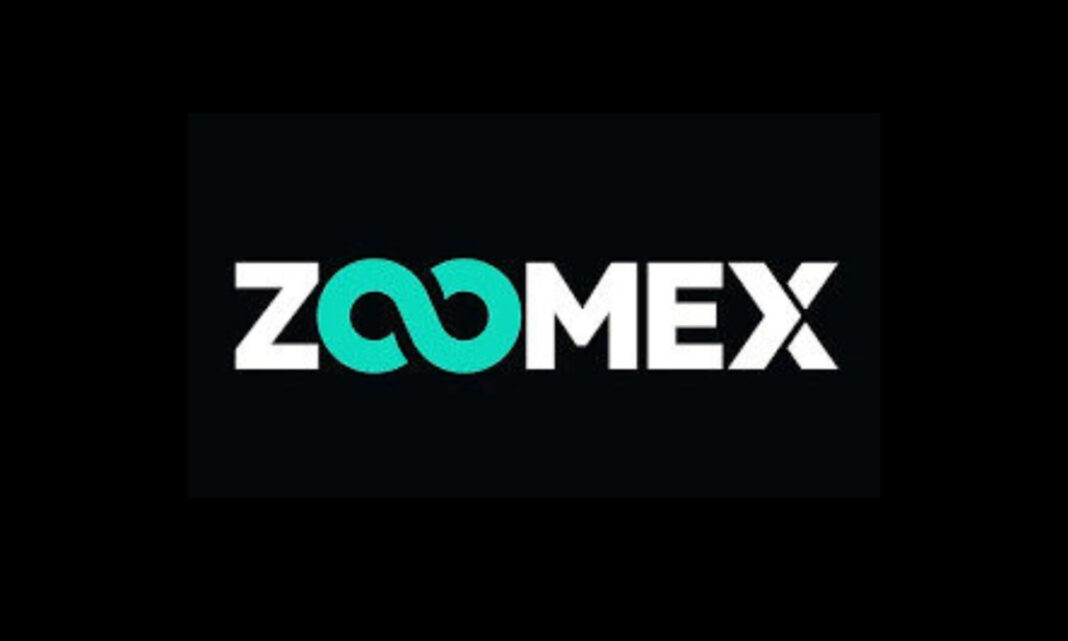Market Pulse
In a landscape continually reshaped by digital innovation, India has emerged as an undisputed powerhouse in cryptocurrency adoption. With an estimated 100 million users actively participating in the digital asset space, the subcontinent has not only carved out a significant niche but has also solidified its position as a global leader in the burgeoning crypto economy. This remarkable surge is more than just a statistic; it reflects a profound shift in financial engagement among a tech-savvy populace, keen to explore new frontiers of investment and economic participation.
India’s Crypto Surge: A Global Leader
The sheer scale of crypto adoption in India is staggering. Reports from various analytics firms consistently place India at the forefront, often ranking it as the number one country globally for crypto ownership and usage. This massive user base, exceeding 100 million individuals, represents a substantial portion of the nation’s digitally active population, underscoring a deep, organic interest in digital assets. From bustling urban centers to increasingly connected rural areas, cryptocurrency has permeated various demographics, attracting both seasoned investors and first-time users.
- Unrivaled User Base: Estimates suggest over 100 million active cryptocurrency users, positioning India as a global leader.
- High Adoption Rate: The rapid integration of crypto showcases a strong appetite for digital finance and alternative investments.
- Diverse Engagement: Users engage with various facets of the crypto ecosystem, from trading and investing to exploring DeFi and NFTs.
Driving Forces Behind India’s Crypto Revolution
Several pivotal factors have converged to fuel India’s unprecedented crypto boom. At the heart of it lies a youthful, digitally literate population, comfortable with technology and eager for new financial opportunities. India’s robust digital payments infrastructure, particularly the Unified Payments Interface (UPI), has also played a crucial role, habituating millions to instant digital transactions and lowering the barrier to entry for crypto. Furthermore, the allure of potential high returns, the desire for an inflation hedge, and the accessibility offered by local and international exchanges have collectively propelled this mass adoption.
- Youth Demographic & Tech Literacy: A large, tech-savvy youth population embraces digital trends and financial innovation.
- Digital Payments Infrastructure: The widespread success of UPI has normalized digital transactions, easing the transition to crypto.
- Investment & Inflation Hedge: Cryptocurrencies are perceived as attractive investment vehicles and a hedge against economic uncertainties.
- Accessibility: Numerous platforms provide easy access to buy, sell, and trade digital assets.
Navigating the Regulatory Labyrinth
Despite the enthusiastic adoption, the regulatory environment in India remains a complex and evolving challenge. The government has, at various points, expressed skepticism, proposed outright bans, and more recently, moved towards imposing taxation on crypto gains. While a comprehensive regulatory framework is still awaited, the ongoing dialogue among policymakers, industry stakeholders, and global bodies like the G20 indicates a move towards a more structured approach rather than outright prohibition. The clarity of regulation is seen as critical for the industry to move from a grey area to a fully integrated and legitimate part of the financial system.
- Uncertainty Persists: A definitive, overarching regulatory framework is still under discussion.
- Taxation Imposed: Profits from crypto are subject to significant taxes, signaling a government acknowledgment of the asset class.
- Ongoing Dialogue: Industry players and policymakers are actively engaged in shaping future regulations.
- Global Influence: India’s G20 presidency brought crypto regulation to the international forefront, impacting local discussions.
Economic Impact and Future Trajectory
The robust growth of India’s crypto market carries significant economic implications. It fosters innovation in Web3 technologies, blockchain development, and distributed ledger solutions, potentially creating new job opportunities and attracting foreign investment in the tech sector. Beyond investment, cryptocurrencies and blockchain technology offer avenues for enhanced financial inclusion, particularly for the unbanked or underbanked populations, and could streamline cross-border remittances. As India continues its digital transformation, the trajectory of its crypto market will undoubtedly be a crucial indicator of its broader economic and technological evolution.
- Innovation Hub: Potential to become a major hub for Web3 and blockchain development.
- Financial Inclusion: Offers new tools for individuals outside traditional banking systems.
- Job Creation: Growth in the crypto sector can stimulate employment in tech and finance.
- Remittance Efficiency: Blockchain solutions can significantly improve the speed and cost of international money transfers.
Conclusion
India’s journey in the cryptocurrency world is a compelling narrative of mass adoption fueled by technological readiness and an eager populace, navigating a cautious yet evolving regulatory landscape. With 100 million users, its influence on the global crypto stage is undeniable. As policymakers work towards greater clarity, the market’s potential for innovation, economic growth, and financial inclusion remains immense, positioning India as a pivotal player in the future of decentralized finance.
Pros (Bullish Points)
- Massive user base indicates strong organic demand and potential for further growth and mainstream integration.
- Significant potential for Web3 innovation and financial inclusion within a large, digitally-native population.
Cons (Bearish Points)
- Persistent regulatory uncertainty could stifle innovation, deter institutional investment, or lead to restrictive policies.
- Potential for capital flight or slowed development if the regulatory environment becomes too hostile or unclear.
Frequently Asked Questions
How many crypto users does India have?
India is estimated to have over 100 million cryptocurrency users, making it one of the largest markets globally for digital asset adoption.
What are the main drivers of crypto adoption in India?
Key drivers include a large, tech-savvy youth demographic, the widespread success of digital payment systems like UPI, the appeal of new investment avenues, and the desire for an inflation hedge.
What is the current regulatory stance on crypto in India?
While a comprehensive framework is still pending, the Indian government has imposed taxation on crypto profits and is actively engaged in discussions to establish clear, stable regulations, navigating past skepticism and proposed bans.



